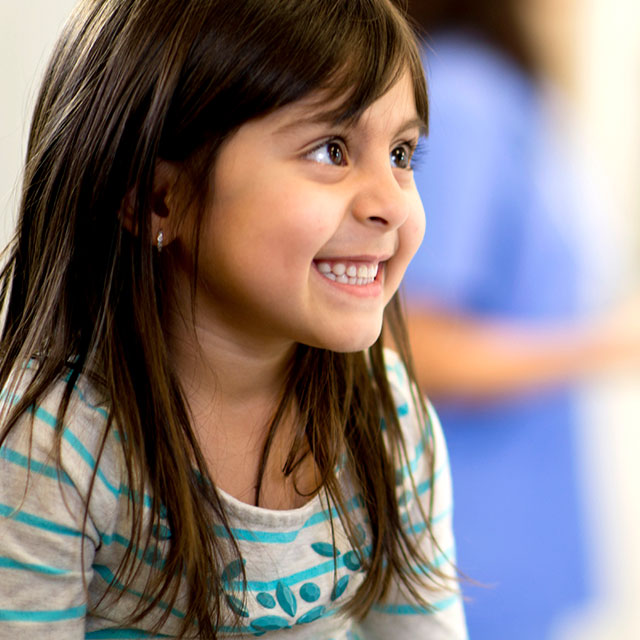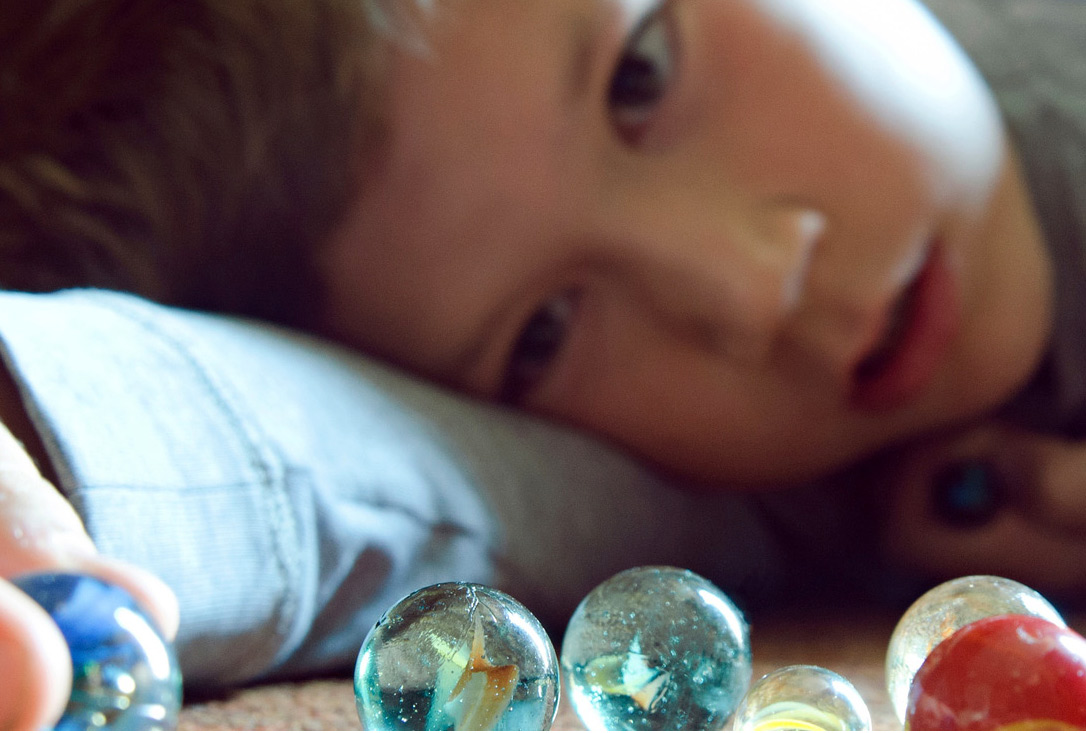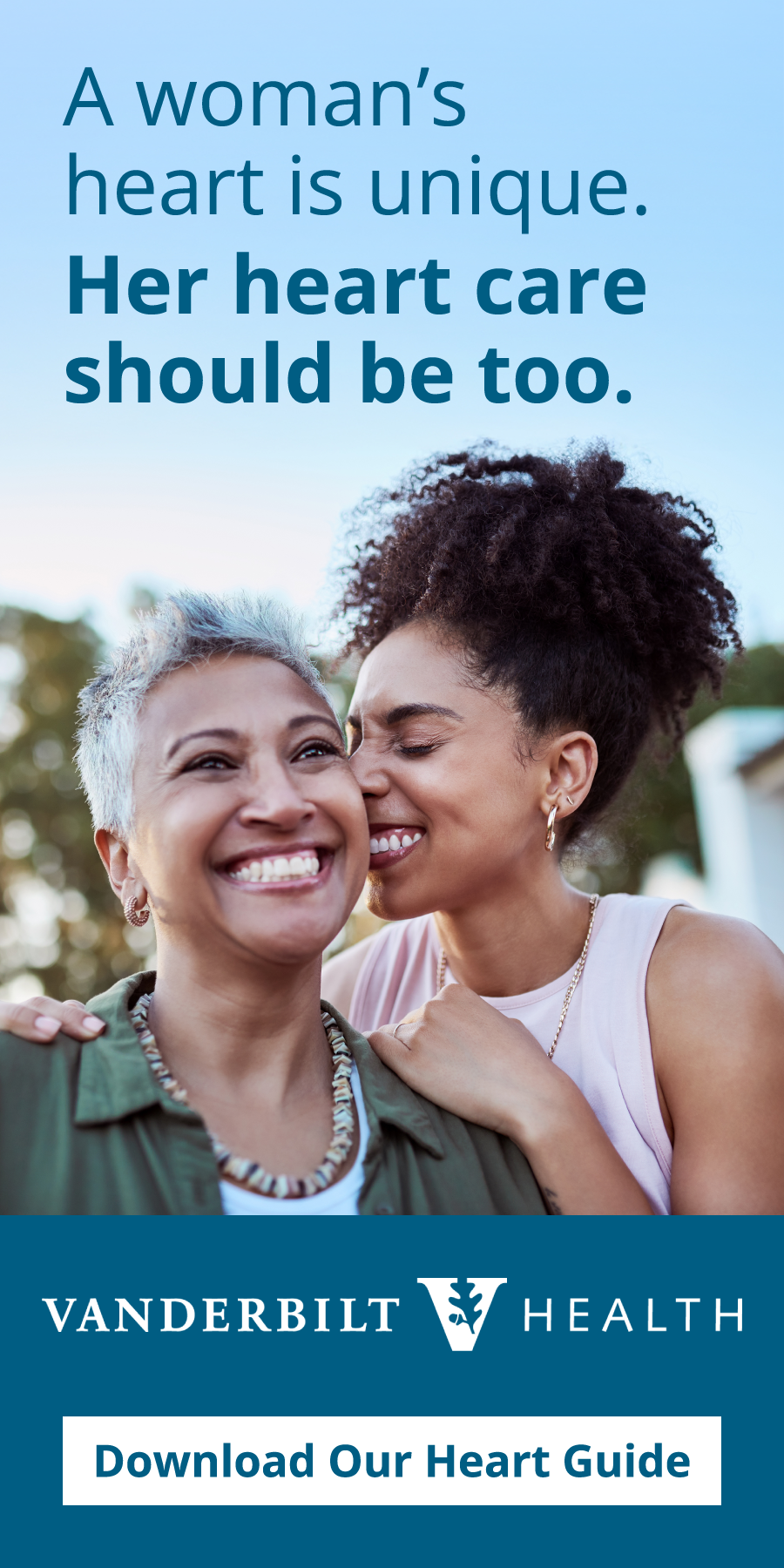Take these smart steps to prevent children from choking, but know what to do if it occurs.
Choking occurs when an object gets stuck in a child’s airway, making it difficult for oxygen to get to the lungs. Children younger than 3 are most at risk for choking. That’s because toddlers tend to put things in their mouths; children get distracted while they are eating and laugh and move around; and because they have smaller airways than adults.
Unfortunately, children most frequently choke on items close at hand: toys and food.
There are ways to minimize the chances that they’ll choke:
- Pay attention to labels when purchasing toys for your child.
- Be aware that if it is smaller than a golf ball, it is a choking hazard.
- Encourage older children to play with their own toys (this means all those Legos, marbles and beads!) in an area separate from toddlers and babies, or at a high table so younger children cannot grab them.
- Make sure foods are eaten at the table, not elsewhere in the house where a toddler may like to wander and find food lying around.
- Encourage children to eat slowly and not talk or laugh while chewing.
- Give special consideration to certain foods (like hot dogs, grapes and popcorn). These should be cut into smaller pieces before being served. Other foods, including gum, raisins and whole nuts, should be saved for older children.
If you think a child is choking and is able to cough (meaning an object is likely only partially obstructing airway):
- Calmly encourage the child to keep coughing. Most times the child can bring the item up after a good cough and either expel it or swallow it. This can be uncomfortable and scary, but the child is fine in a few minutes.
- Do not try to pull the object out, because you might accidentally push it farther down into their airway.
If children put their hands to their throats or cannot cough or talk:
- You need to help. In children older than 1 year of age, complete the Heimlich maneuver with back blows.
- For those younger than 1 year, combine chest thrusts with back blows.
- Continue these maneuvers until the object comes out and the child can breathe, or they become limp and you need to do CPR.
- Ask for help and call 911 as soon as possible.
It is frightening to even think about the possibility of such a scenario but knowing what to do in such an event is important. Taking a course in infant (or adult) CPR course is helpful, so you feel prepared. Find one convenient for you via the American Red Cross.
One day my young son appeared to have difficulty breathing. Immediately my husband and I picked him up to deliver back blows. Out of his mouth came a leaf! That’s not a typo; unfortunately anything and everything can be a choking hazard depending on the size. Those seconds were some of the scariest I have ever experienced and I am thankful that we knew exactly what to do. Hopefully now you will, too.
Dr. Maya Neeley is a board-certified pediatrician specializing in hospital medicine at Monroe Carell Jr. Children’s Hospital at Vanderbilt. She and her husband have four sons.

Need care after hours?
Vanderbilt’s Children’s After-Hours Clinics offer the convenience of a walk-in clinic with care provided by a board-certified pediatrician from Monroe Carell Jr. Children’s Hospital at Vanderbilt. We recommend calling your pediatrician first. No appointment is necessary, but you can save your spot online ahead of your visit.




